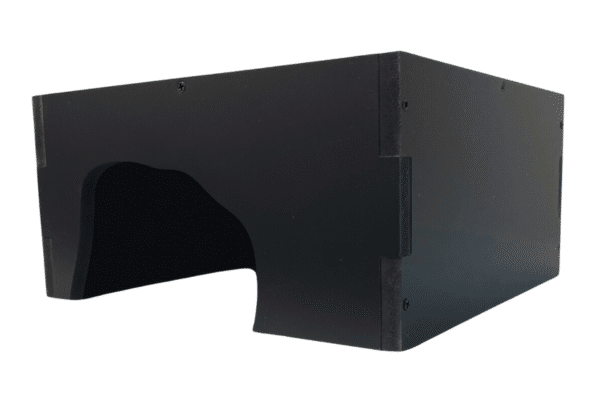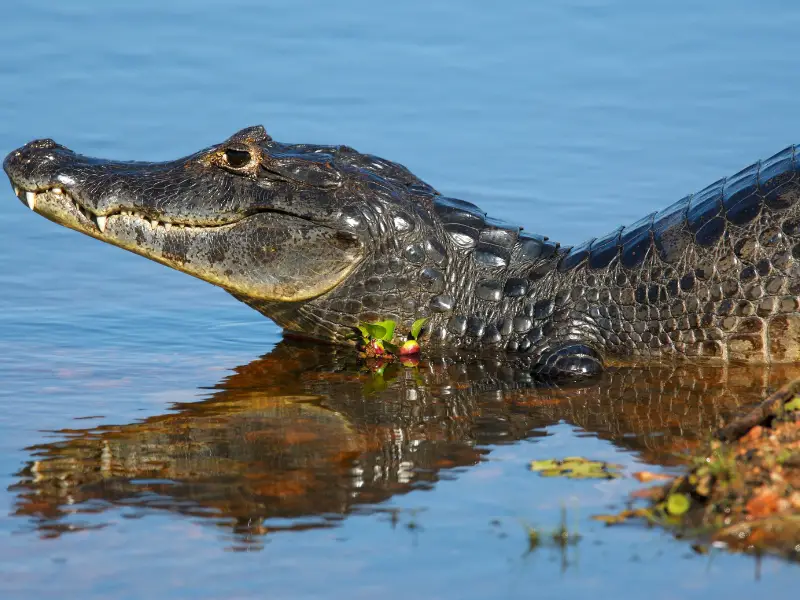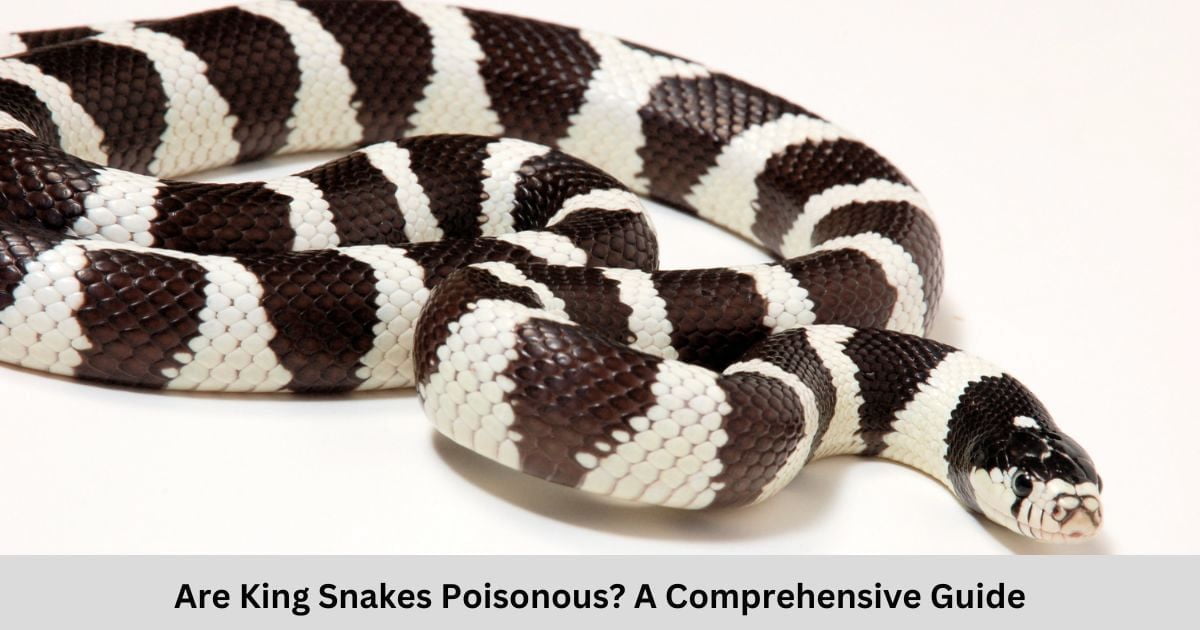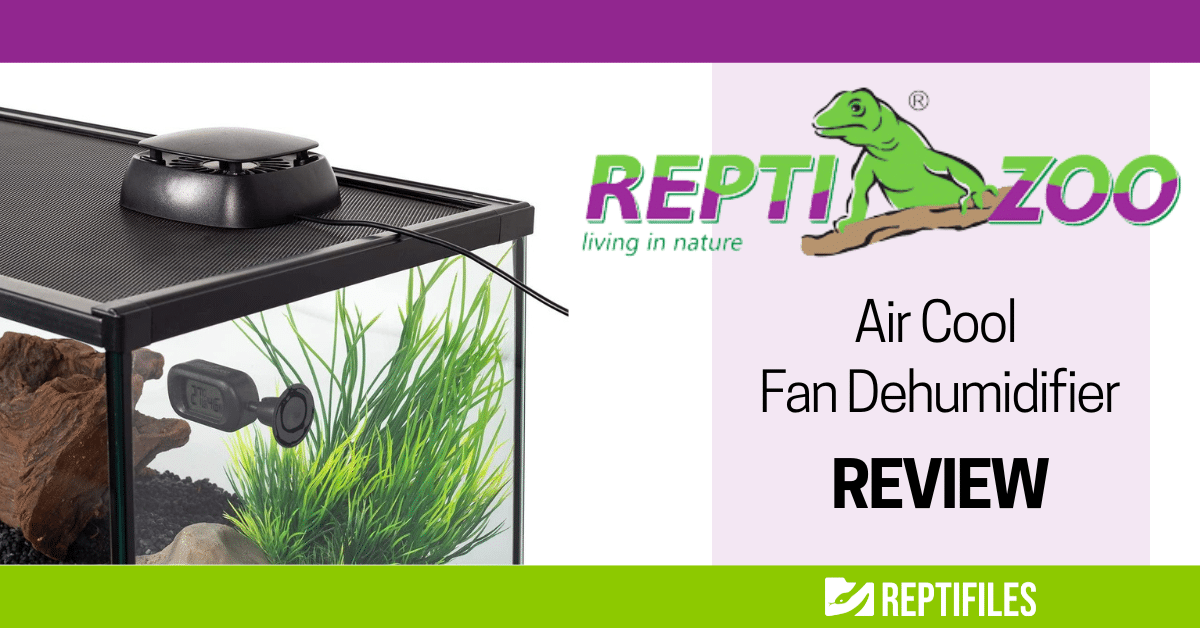“Hides,” or hiding places, are key to helping reptiles feel secure in their environment. Reptiles instinctively seek out hiding places in the wild because they provide essential protection from predators as well as from extremes of temperature and dehydration. And whenever possible, multiple hiding options are preferred so they can pick a covered location that best suits their needs at any given moment.
Reptiles are rarely comfortable out in the open, but when a reptile is voluntarily sitting out in broad daylight, it’s usually because it feels safe and there are plenty of hiding options nearby. This is why you may have heard experienced keepers tell you that the more “clutter” you add to an enclosure, the more you are likely to see of your pet. It is never acceptable to take away hiding options just to stay visible — this is VERY stressful to the animal and a major violation of welfare.
Many care guides (including those on ReptiFiles) include a default recommendation of at least 1-2 hides in an enclosure, depending on species. This is meant to be in addition to other types of cover within the enclosure. Here’s a brief rundown of the different kinds of hiding places that can be utilized in a reptile enclosure’s layout.
Non-naturalistic artificial: These are typically plain plastic hide boxes made strictly for function rather than aesthetic appeal. They are often relatively inexpensive, easy to clean, and a good foundation for creating a custom, more naturalistic that blends in better with the intended environment. They may come in one piece or require some assembly.
Naturalistic artificial: Often made to look like plants, rocks, caves, or logs, these hides are both functional and aesthetic. Due to their aesthetic aspect, they are typically more expensive and the paint can wear off over time. Ease of cleaning varies by material and complexity of design. They usually arrive ready to use out of the box.
Foreign artificial: These are hides made to look like something manmade or as a pop culture reference. Attractiveness is the priority, which may or may not compromise functionality as a hide. Strength, ease of cleaning, and longevity are also highly variable. These are generally more expensive.
Natural: Natural hides can be created with live plants, cork flats/rounds, rock stacks, leaf litter, and similar materials. They provide ranging degrees of cover while supporting a naturalistic enclosure aesthetic and avoiding the use of artificial materials. These come in very wide range of sizes, but can be relatively delicate and may degrade over time. They are also usually difficult to clean.
I like to use as many different types of hide as possible when setting up an enclosure. For example, my viper gecko enclosure uses dragon stone, live foliage, wood, and a decorative artificial hide to create an environment with lots of complete and incomplete cover. Despite having lots of opportunities to stay out of sight, I see them out every day and they don’t act stressed when I walk by or perform routine maintenance.



